Sometimes, recipes don’t turn out the way you plan. You include each ingredient and measure everything correctly, but it still doesn’t quite have the desired look, taste, or texture. If so, then it may be that you used the incorrect type of flour for your baking. There are a variety of flours you can use, and each one has different characteristics that yield different results.
We’ve gathered some of the most common flours and what they are used for.
All-Purpose Flour
All-purpose flour is a combination of various wheat – both soft and hard, and it has a protein content around 10 percent. Even though this flour will not always suffice for every recipe, the versatility of the flour makes it a great staple to keep in the kitchen.
Bread Flour
Something that sets bread flour apart from other flours is the protein content. In order to hold bread together, a stronger flour is needed. The additional protein in bread flour helps provide structure and volume in breads.
Cake Flour
Cake flour is very finely milled, it is typically bleached (although, there are some brands that are unbleached), and it is lower in protein. This type of flour often results in a lighter batter, which can make cakes more tender. Because of its extra fine consistency, cake flour absorbs water better than some other flours. This extra moisture can help your batter rise more.
Pastry Flour
The protein content of pastry flour is in between that of cake flour and all-purpose flour. This creates a good balance between tenderness and structure for when you want pastries to turn out soft like cake, but still maintain their structure.
Self- Rising Flour
For some recipes, you will want a flour that helps your dough and breads rise. Self-rising flour contains baking powder and salt which act as a leavening agent. For the best results with this flour, it is recommended that you store it in an air-tight container.
Whole Wheat Flour
The name says it all. When making whole wheat flour, the wheat kernel is separated into three parts, milled, and added together, giving it a high protein and fiber content. Because of this, whole wheat can be used in recipes where the desired result is a bit heavier, such as breads. Whole wheat flour should be kept in the fridge and does not have a shelf life that is quite as long as bleached white flour.
Rice Flour and Almond Flour
Rice flour is high in protein and it can be used for baking things like cookies and dumplings. You can purchase either white rice flour or brown rice flour. Brown rice flour has more fiber and has a bit of a grainier texture than white rice flour. Almond flour is another popular gluten-free option, as it is finely milled, making it a great option for use in baked goods. There are quite a few gluten-free flours on the market. As with all flours, each one will produce slightly different results.
Did you know you can make all of these flours with your Nutrimill Harvest?
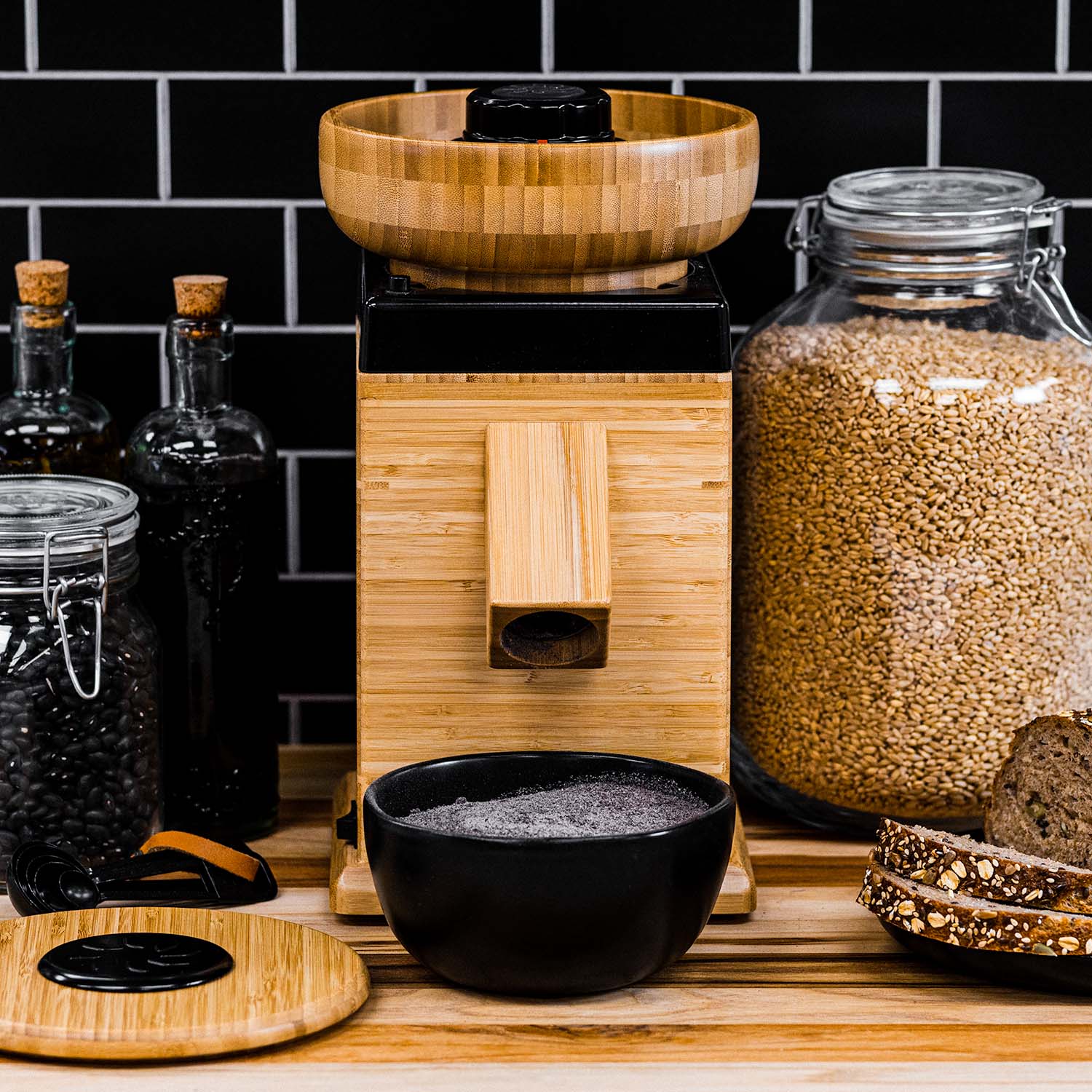
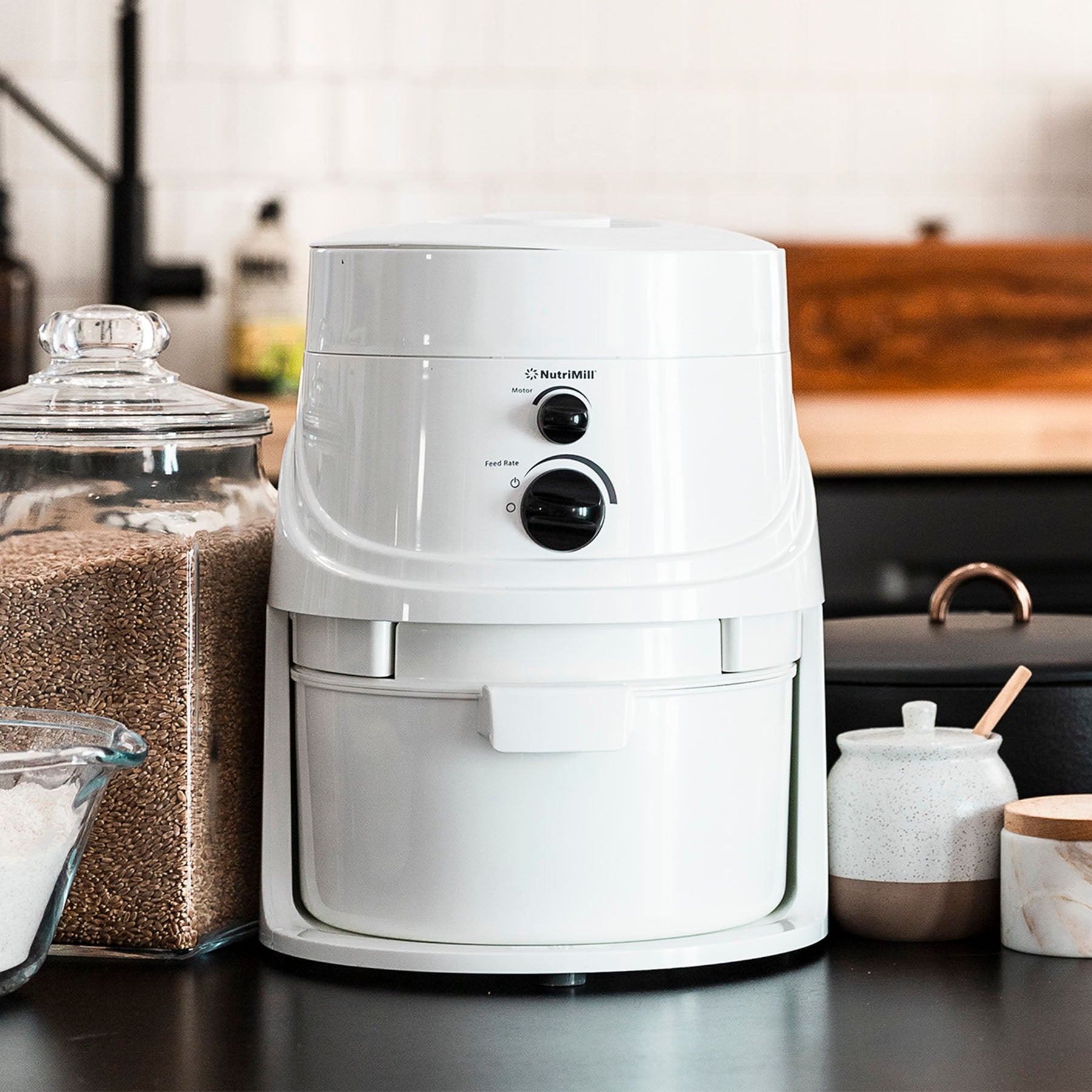
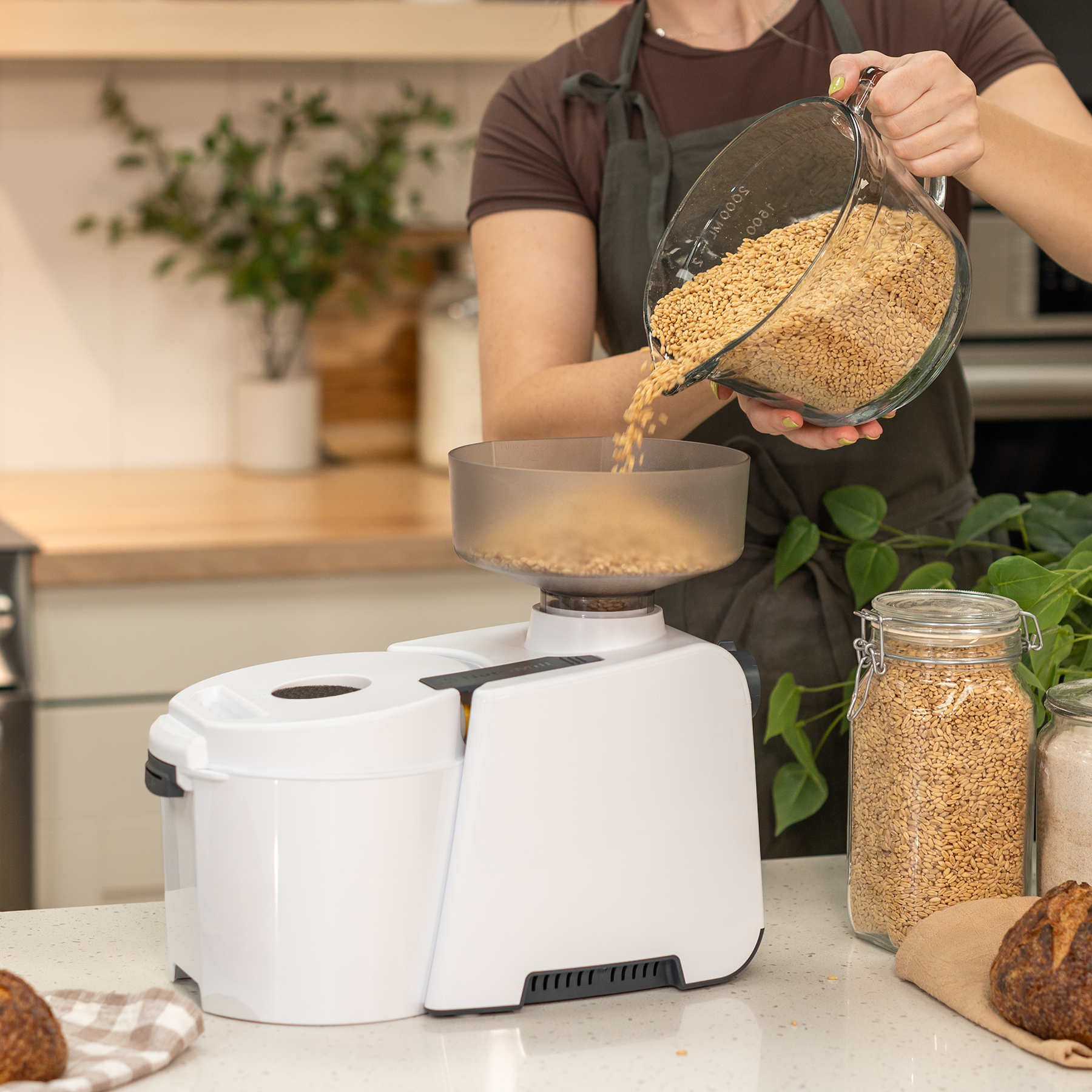
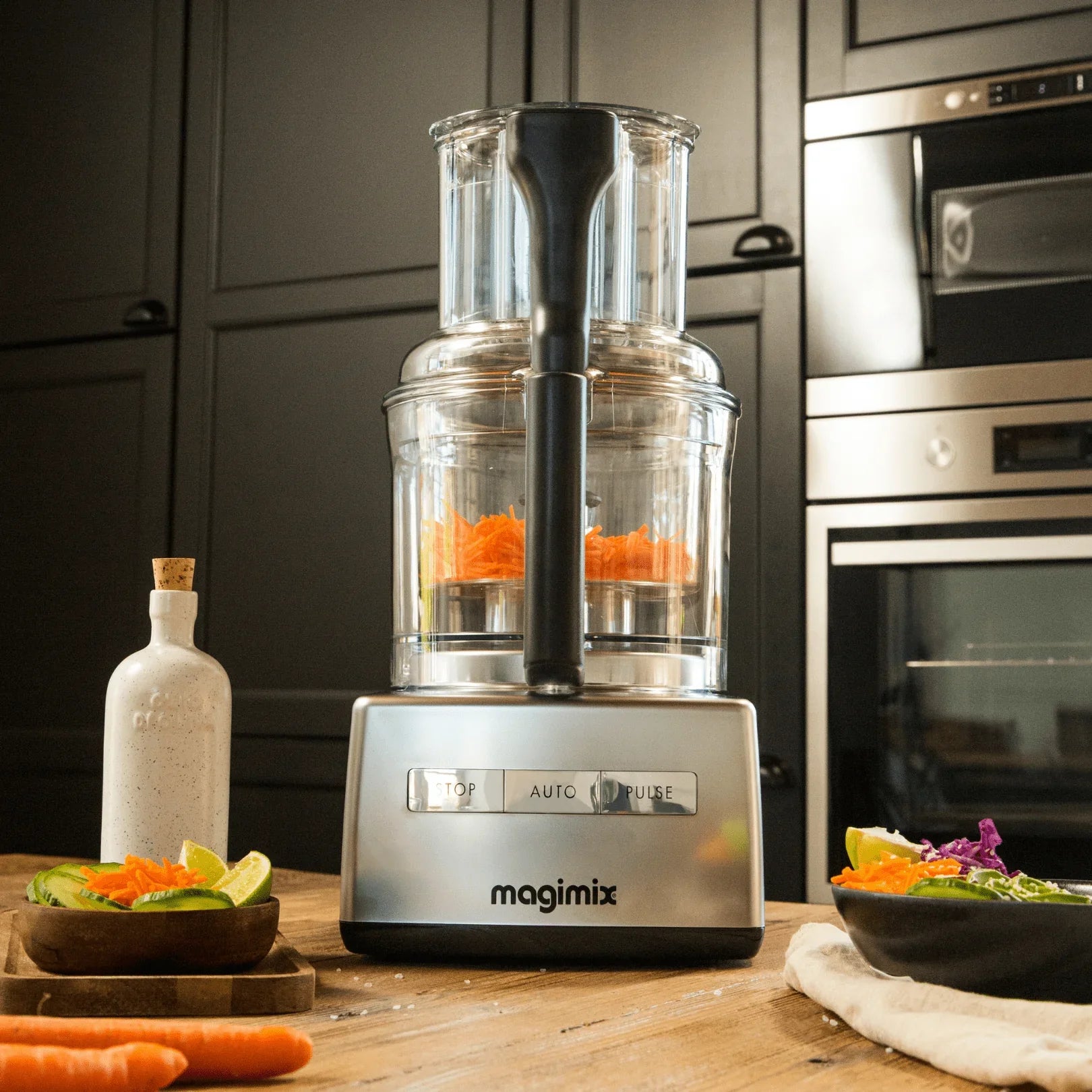

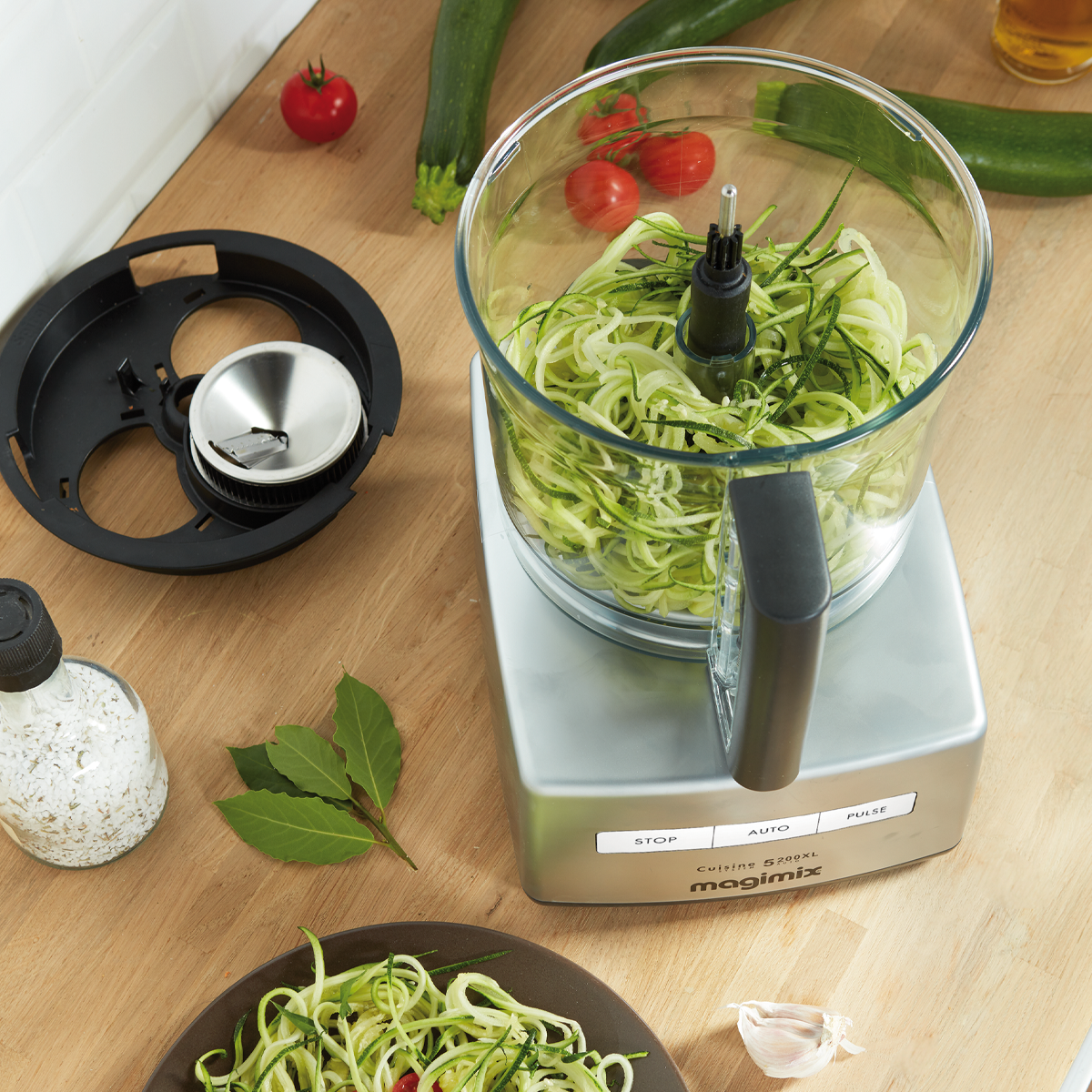

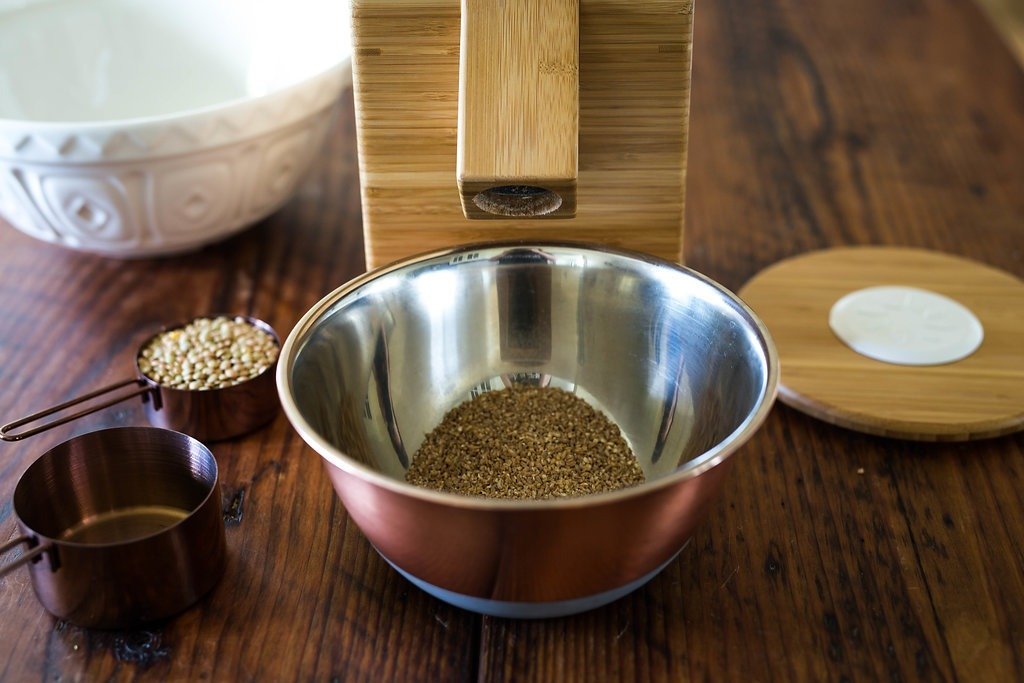

Leave a comment
All comments are moderated before being published.
This site is protected by hCaptcha and the hCaptcha Privacy Policy and Terms of Service apply.